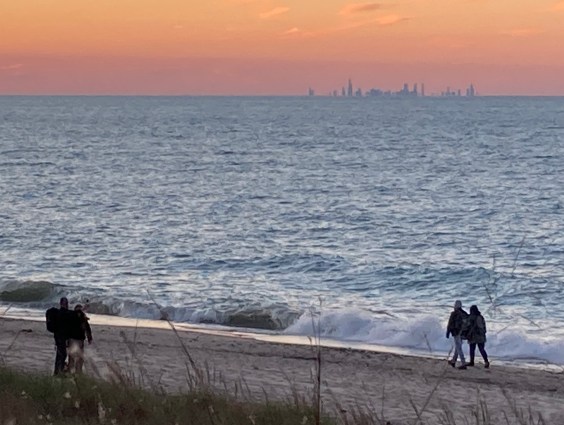The majority of the roads and highways built in America are simply bad investments. Continuing this pattern will only ensure that wasteful projects consume larger chunks of our federal, state, and local budgets, without addressing the real need for transportation options.
This Streetfacts chapter has a bit more math than usual, but we think we've made an entertaining and accessible profile of how government agencies routinely justify unnecessary road projects. The example we've chosen to illustrate the problem is a federally-funded "diamond-deverter" interchange in Colorado. The project as proposed may look like a pretty good deal for taxpayers at first, but after crunching the numbers, you'll see that's not the case at all.
Much of the inspiration for this piece comes from the outstanding work of Strong Towns, an organization that emphasizes obtaining a higher return on infrastructure investments. Strong Towns Executive Director Charles Marohn, Jr. has been getting his message out through what he calls curbside chats, and we'll soon be debuting a Streetfilm that features his work.





